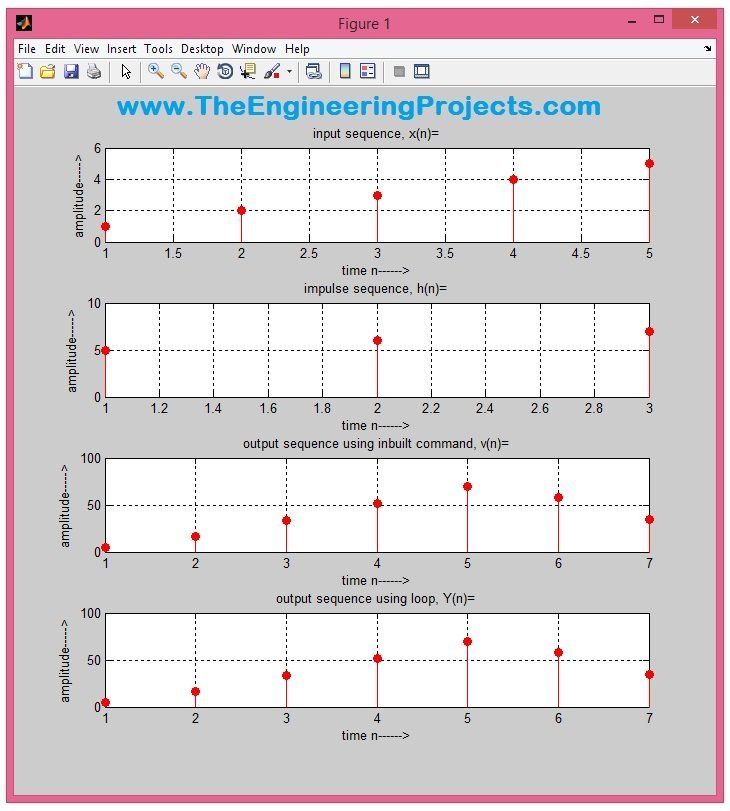Looking to simplify complex mathematical operations? Enter the world of convolution with a powerful convolution calculator! By quickly computing convolution integrals, this tool helps streamline your calculations. It’s a game-changer for engineers, mathematicians, and students alike. Embrace efficiency and accuracy with the convenience of a convolution calculator at your fingertips. Dive into the realm of mathematical transformations and let this calculator be your trusted companion.
The Amazing World of Convolution Calculator: A Fun and Easy Guide
Introduction to Convolution Calculator
Welcome to the fascinating world of convolution calculator! Have you ever wondered how to combine two functions together to create a new one? Well, that’s where convolution comes in. In simple terms, convolution is a mathematical operation that blends two functions to produce a third one. This process is widely used in various fields like mathematics, engineering, signal processing, and more.
Now, you might be thinking, “How can I easily perform convolutions without getting a headache from all the complex math?” The answer is simple – by using a convolution calculator! This handy tool allows you to input your functions and instantly compute the convolution result without breaking a sweat.
Understanding the Basics of Convolution
Before we dive deeper into the world of convolution calculator, let’s have a quick overview of the basics of convolution. Imagine you have two functions, let’s call them \(f(x)\) and \(g(x)\). When you convolve these two functions, you essentially slide one function over the other, multiply the overlapping parts at each point, and then add up all these products to create a new function, which we call the convolution of the two functions.
The convolution operation is not as complicated as it sounds, especially when you have a convolution calculator at your fingertips. This tool simplifies the process and gives you instant results, saving you time and effort.
Why Use a Convolution Calculator?
Now, you might be thinking, “Why should I bother using a convolution calculator when I can do it manually?” Well, let me tell you, using a convolution calculator comes with a multitude of benefits. Here are a few reasons why you should consider using this handy tool:
1. Time-Saving
Manually computing convolutions can be time-consuming, especially when dealing with complex functions. With a convolution calculator, you can get the results within seconds, allowing you to focus on other important tasks.
2. Accuracy
Human errors are common when performing manual calculations. By using a convolution calculator, you eliminate the risk of making mistakes and ensure accurate results every time.
3. User-Friendly
Convolution calculators are designed to be user-friendly, even for those who are not math experts. You can simply input your functions, hit the calculate button, and voilà – you get the convolution result without any hassle.
How to Use a Convolution Calculator
Using a convolution calculator is as easy as 1-2-3! Here’s a simple guide on how to use this tool effectively:
Step 1: Input Your Functions
Start by entering your two functions, let’s say \(f(x)\) and \(g(x)\), into the designated fields of the convolution calculator. Make sure to input the functions correctly to avoid any errors in the calculation.
Step 2: Choose the Convolution Type
Depending on your requirements, you can select the type of convolution you want to perform, such as linear or circular convolution. The calculator will provide options for you to choose from.
Step 3: Click Calculate
Once you have inputted your functions and selected the convolution type, all that’s left to do is hit the calculate button. The convolution calculator will process the information and display the resulting function in no time.
Applications of Convolution Calculator
The convolution calculator is a versatile tool that finds applications in various fields. Here are some common areas where the convolution calculator is frequently used:
1. Signal Processing
In signal processing, convolution plays a crucial role in filtering, modulation, and system analysis. By using a convolution calculator, engineers and researchers can efficiently process signals and extract valuable information.
2. Image Processing
In image processing, convolution is utilized for tasks like edge detection, image enhancement, and noise reduction. A convolution calculator simplifies these complex operations and allows for quick analysis of images.
3. Mathematics
In the field of mathematics, convolution is used in areas such as probability theory, Fourier analysis, and integral equations. Mathematicians can benefit from using a convolution calculator to perform intricate calculations effortlessly.
In conclusion, the convolution calculator is a powerful tool that simplifies the process of convolving functions and saves time and effort. Whether you are a student, researcher, engineer, or math enthusiast, using a convolution calculator can enhance your work efficiency and accuracy.
So, next time you need to perform a convolution operation, remember to harness the power of the convolution calculator for quick and reliable results. Happy convolving!
Convolution in 3 Steps Calculator Technique
Frequently Asked Questions
What does a convolution calculator do?
A convolution calculator is a tool that helps users perform mathematical operations known as convolutions. In signal processing, convolutions are used to combine two functions into a third function that represents how one function modifies the other.
How can I use a convolution calculator?
To use a convolution calculator, you input the mathematical expressions or functions you want to convolve. The calculator will then perform the convolution operation and provide you with the resulting function or expression.
Can a convolution calculator be used in image processing?
Yes, a convolution calculator is commonly used in image processing to apply filters or effects to images. By convolving an image with a specific kernel or mask, users can achieve various enhancements or manipulations in the image.
Final Thoughts
In conclusion, the convolution calculator simplifies complex mathematical operations. It allows users to streamline their calculations effortlessly. By utilizing this tool, individuals can save time and avoid errors frequently associated with manual computations. Try the convolution calculator today to enhance your problem-solving efficiency.




